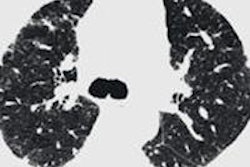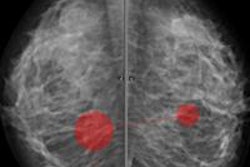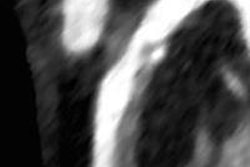Physicians at the University of Southampton, U.K., have used advanced 3D x-ray imaging technology to track how an aggressive form of lung disease develops in the body.
The technology, installed at Southampton's µ-VIS Centre for Computed Tomography, was originally designed to analyze engineering parts such as jet turbine blades. But for the first time, doctors there have used it to image idiopathic pulmonary fibrosis lung tissue samples, the university said. The disease causes inflammation and scarring of the lung tissue, making it increasingly difficult to breathe.
Idiopathic pulmonary fibrosis is usually diagnosed by CT scan or by using a microscope to view a lung biopsy sample. The new technology allows physicians to view each lung sample with a level of detail similar to an optical microscope -- but in 3D.
In a study published online in JCI Insight, lead author Dr. Mark Jones of the University Hospital Southampton and colleagues found that, rather than progressing like a wave from the outside to the inside of the lung, idiopathic pulmonary fibrosis scarring happens in many individual sites of active disease.
The group hopes this finding will help doctors develop targeted therapies that focus on these areas, the university said.



















